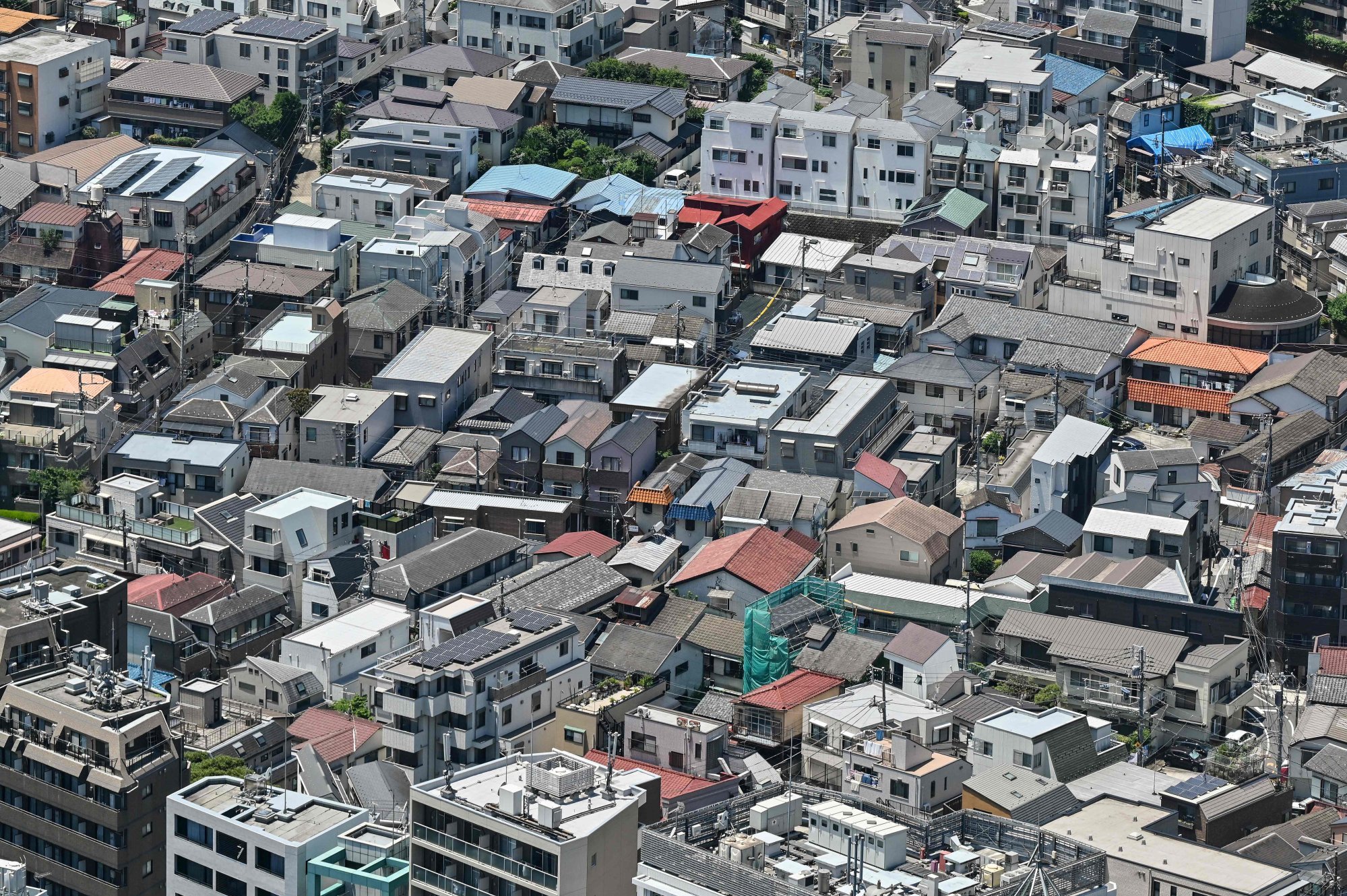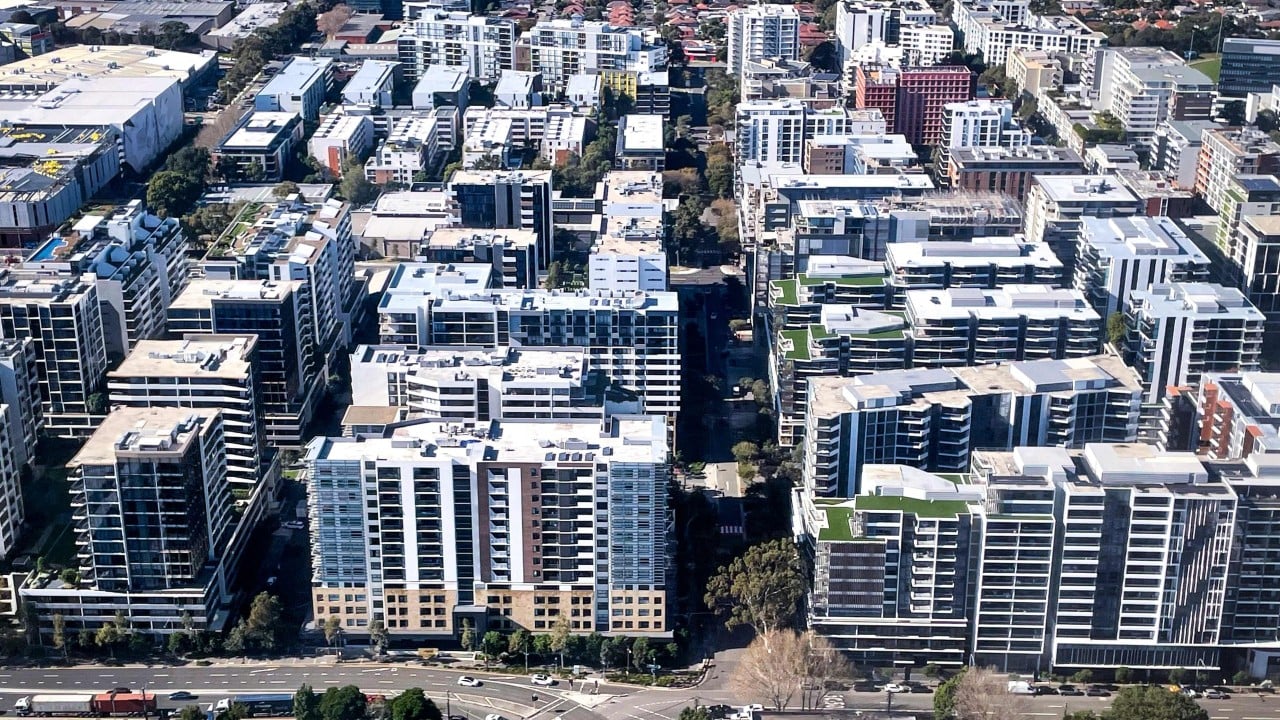In many countries, the affordability of housing is at the top of the political agenda. While views differ on whether supply-side factors are more important than demand-side ones, there is broad agreement that zoning and planning laws which restrict supply make housing more expensive. While this is a boon for homeowners, it imposes a huge burden on renters and those struggling to get on the property ladder.
The failure to build enough homes was a big issue in the recent parliamentary election campaign in Britain. Prime Minister Keir Starmer, the leader of the Labour Party which won a landslide victory, pledged to “take on the Nimbys” – people who do not mind new development as long as it is “not in my backyard” – and take the side of the “builders, not the blockers”.
The scale of the challenge facing Starmer is daunting. Britain is one of several large economies in the developed world where the number of homes per capita has barely changed since 2000. However, according to data compiled by the Grattan Institute, Australia is in an even worse position, having experienced the second-biggest decline in housing stock per person aged over 20 since the turn of the millennium.
Japan, by contrast, witnessed the sharpest increase. Even if one takes into account that Japan’s population has been falling since 2010, the pace of housebuilding is remarkable. In Tokyo, the housing stock tripled in size between 1963 and 2013, according to data from James Gleeson of the Greater London Authority.
While several factors are at play, the most important one is that the national government exerts much more control over zoning and building rules than is the case in other leading economies. The planning system became more centralised in recent decades as “broad public interest in abundant housing trumped parochial housing obstructionism,” the Sightline Institute notes.
The ease with which new building projects can get off the ground can be traced back to the bursting of Japan’s late-1980s asset bubble, which devastated the property sector. This prompted the government to relax zoning regulations, making it easier to build more medium-to-high-density housing.

Although there can be vocal opposition to new developments from local authorities, planning and zoning rules are centralised, standardised and quite permissive. “It’s more of a free market here, one that is self-regulating,” said Zoe Ward, founder and chief executive of Japan Property Central in Tokyo.
Cultural and seismic factors are also important. Japanese people tend to invest little in their homes, which are relatively small and modest, and are attached to new properties. With the ever-present threat of earthquakes, homes are demolished at a much faster rate to keep them secure, further facilitating the development of blocks of flats.
The abundance of housing, coupled with a long period of economic stagnation and the persistence of ultra-low borrowing costs, mean that flats in many of Tokyo’s 23 wards remain within reach of young professionals. According to the Organisation for Economic Cooperation and Development, Japan has one of the lowest house price-to-income ratios among developed economies.
Just as Japan’s centralised and laissez-faire approach to urban planning is the envy of the Yimby, or “yes in my backyard”, movement, Australia is a refuge for Nimbys. The marked slowdown in the growth of Australia’s housing stock relative to the increase in its population contributed significantly to a surge in prices. A post-pandemic boom in net overseas migration, along with the steep rise in construction costs and acute labour shortages, have exacerbated a housing affordability crisis.

A crucial factor driving up prices and rents is restrictive planning rules which constrain the ability of Australia’s housing market to respond to growing demand. This has resulted in “missing middles”: a shortage of medium-density housing, especially low-rise blocks of flats, in desirable suburbs close to city centres.
The Grattan Institute attributes this to the “politics of land-use planning”. Older and wealthier homeowners in established suburbs have an outsize say on housing policy. With state governments and local councils responsible for planning decisions, geographically small councils which support zoning restrictions risk neglecting the needs of renters and aspiring homebuyers.
This has given rise to a vocal and increasingly assertive Yimby movement campaigning for Japanese-style abundant housing in Australia. Yimbys point to compelling evidence in Australia and abroad that supply constraints are the main cause of higher prices and rents. Yet there is still a measure of supply scepticism with many Australians unsure about the correct policy response to the housing crisis.

Eliza Owen, Corelogic’s head of residential research, Australia, said supply- and demand-side measures to improve housing affordability had become “politicised”, partly because the problems in the sector “are not all about planning”. Making more efficient use of the existing housing stock, tax reforms and increasing the productive capacity of the construction industry were also important.
Still, some prominent Australian politicians have declared war on Nimbyism. In December 2023, New South Wales Prime Minister Chris Minns announced plans to rezone land around eight train stations in Sydney to allow more medium- and high-density housing. This drew swift condemnation from the mayor of North Sydney Council, who accused the government of carrying out planning reforms in “the way totalitarian regimes do”.
Therein lies the difference between Japan and Australia. In Japan, housing policy is not a hot-button issue. “Politicians don’t talk about housing when they’re running for re-election,” Ward said. This is not surprising given the central government’s control over the planning system. Australia’s Yimbys have their work cut out for them.
Nicholas Spiro is a partner at Lauressa Advisory


